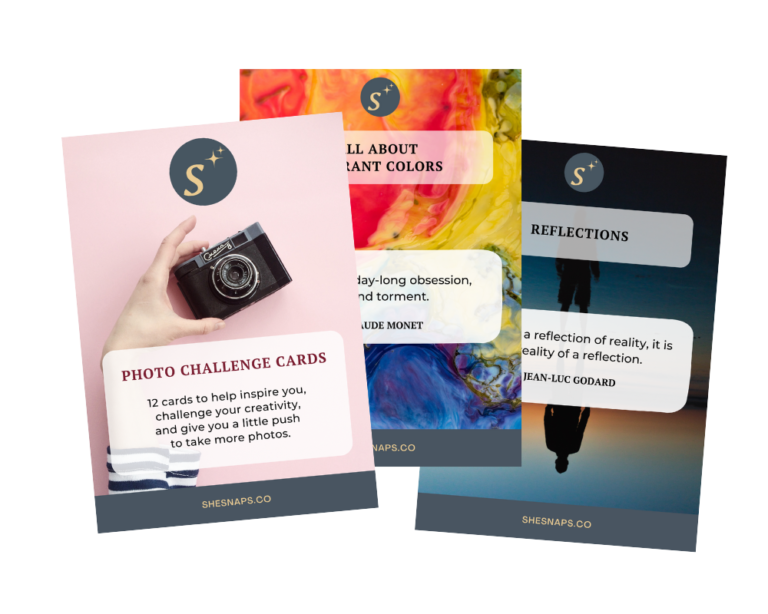Many of us like to travel. The new experiences and settings inspire us to take out our cameras and snap away. But you don’t have to travel to find photographic inspiration. It can be found all around you. There is photographic magic wherever you are. The secret for finding photographic inspiration lies in you, the photographer, not the place. If you are in a rut, you may simply have become too familiar with your local surroundings to see the photographic possibilities. Here are eleven tips to inspire you to take photos closer to home.
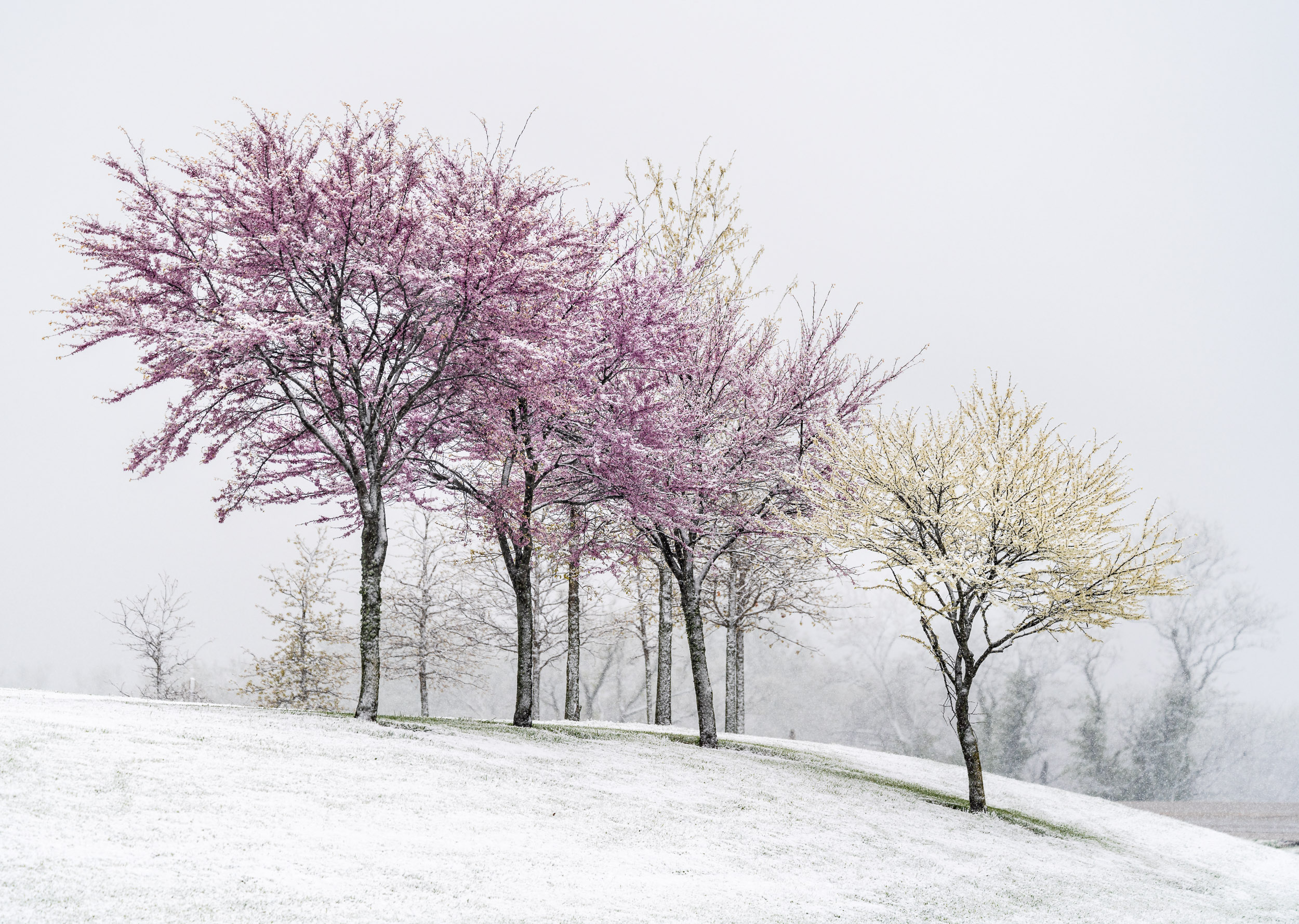
See the Photographic Possibilities
It does not matter where you live – really. I guarantee that wherever you live, a photographer somewhere loves what you have. Take a look around you. Maybe your world has a lot of texture and graffiti. Or maybe your world is wide-open spaces with a big sky. You may be surrounded by family, who are all potential models for a lifestyle shoot. Or you can explore the everyday lives of people as they pass by you on the street. Look through the thousands of Flickr groups (hyperlink: https://www.flickr.com/). There are photography fans of all sorts. It may be that there are photographic possibilities right outside your front door. You just need to see them.
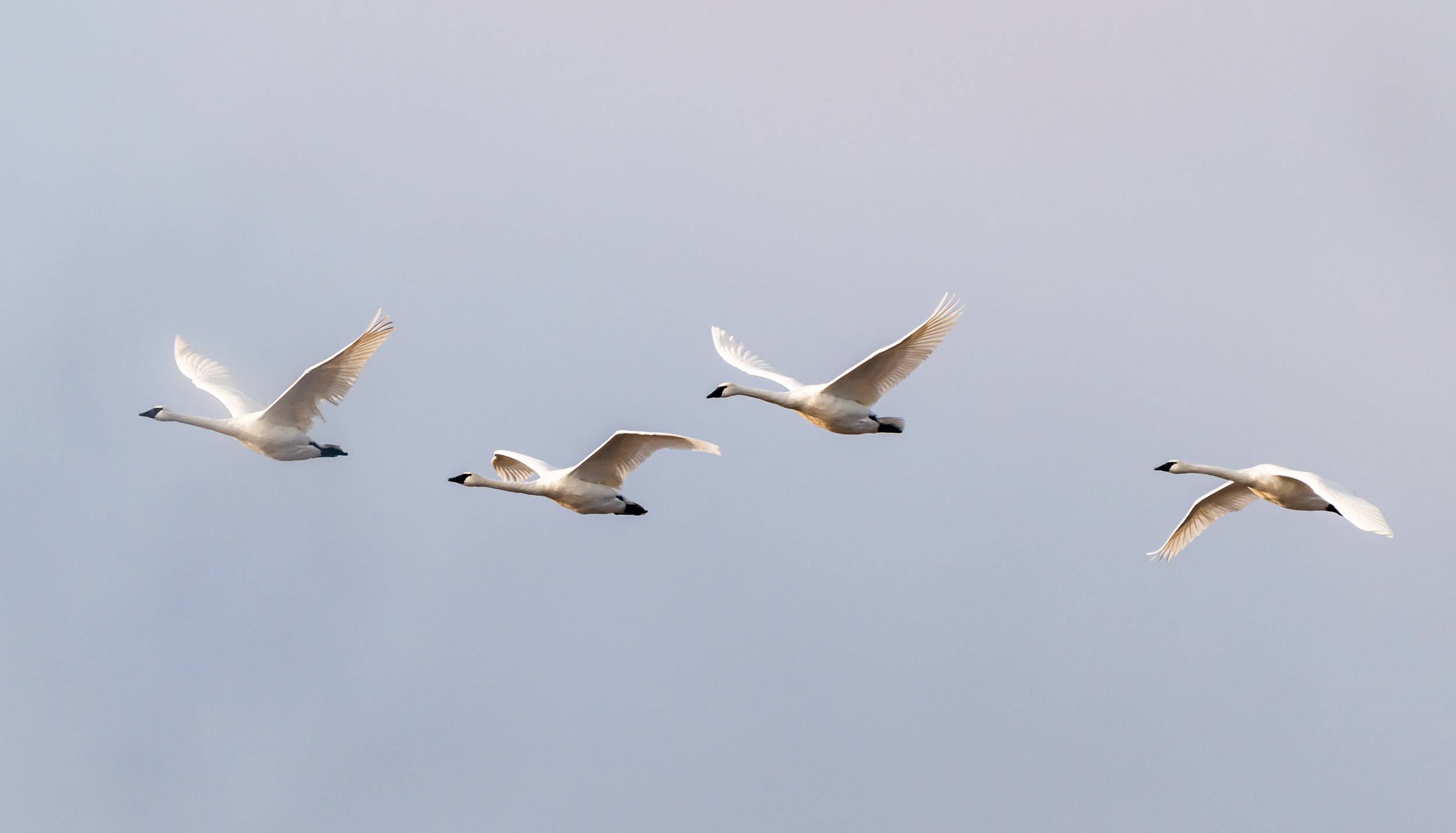
Explore at Different Times of Day
We often visit familiar places at similar times. We go for a mid-morning walk or drive to and from work at the same time each day. To shake things up a bit, try photographing familiar places at different times of the day. Take a walk at first light or under a full moon or go out during your lunch break. The light will be different, and shadows change. Familiar places become new again. You may see birds that you have never seen or an urban fox. There may be more street activity or interesting reflections on a window. Photographing familiar places at different times of the day may open up a world you have never seen along a familiar path. Even a few hours can make all the difference.
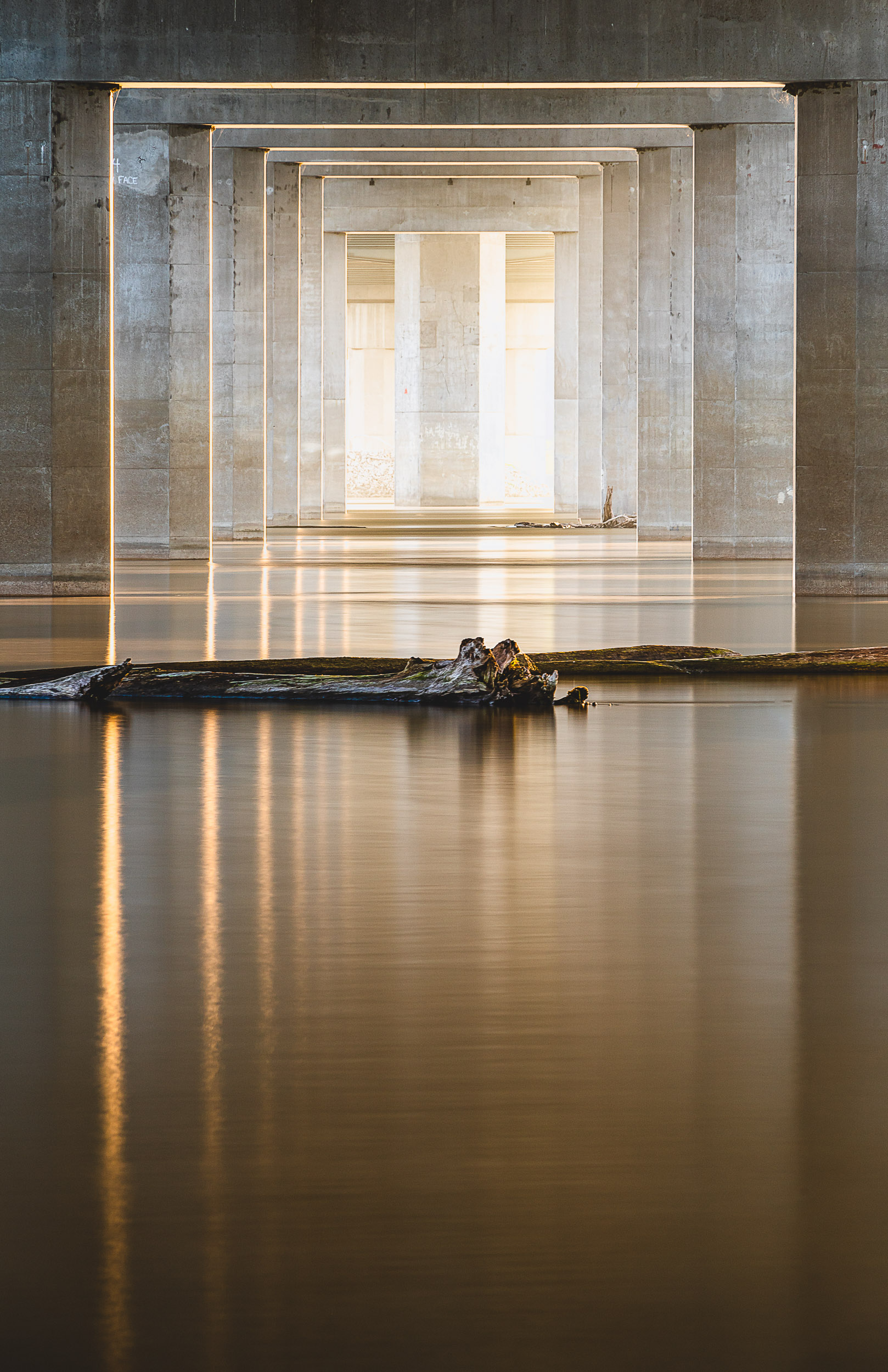
Repeat Visits to Local Spots
It is not an accident that the best photos of a place are often made by local photographers. They have the advantage of visiting a place many times throughout the year. Visit a favorite beach or local park in the winter or take a walk down a familiar street. A well-known place may be very different when there are no people or when the weather is stormy. Each time you visit, explore a little deeper. Look beyond the obvious subjects that catch your eye. Turn over every rock, maybe literally. Stand in one place and look, really look. Sometimes the best pictures are ones that you discover when you
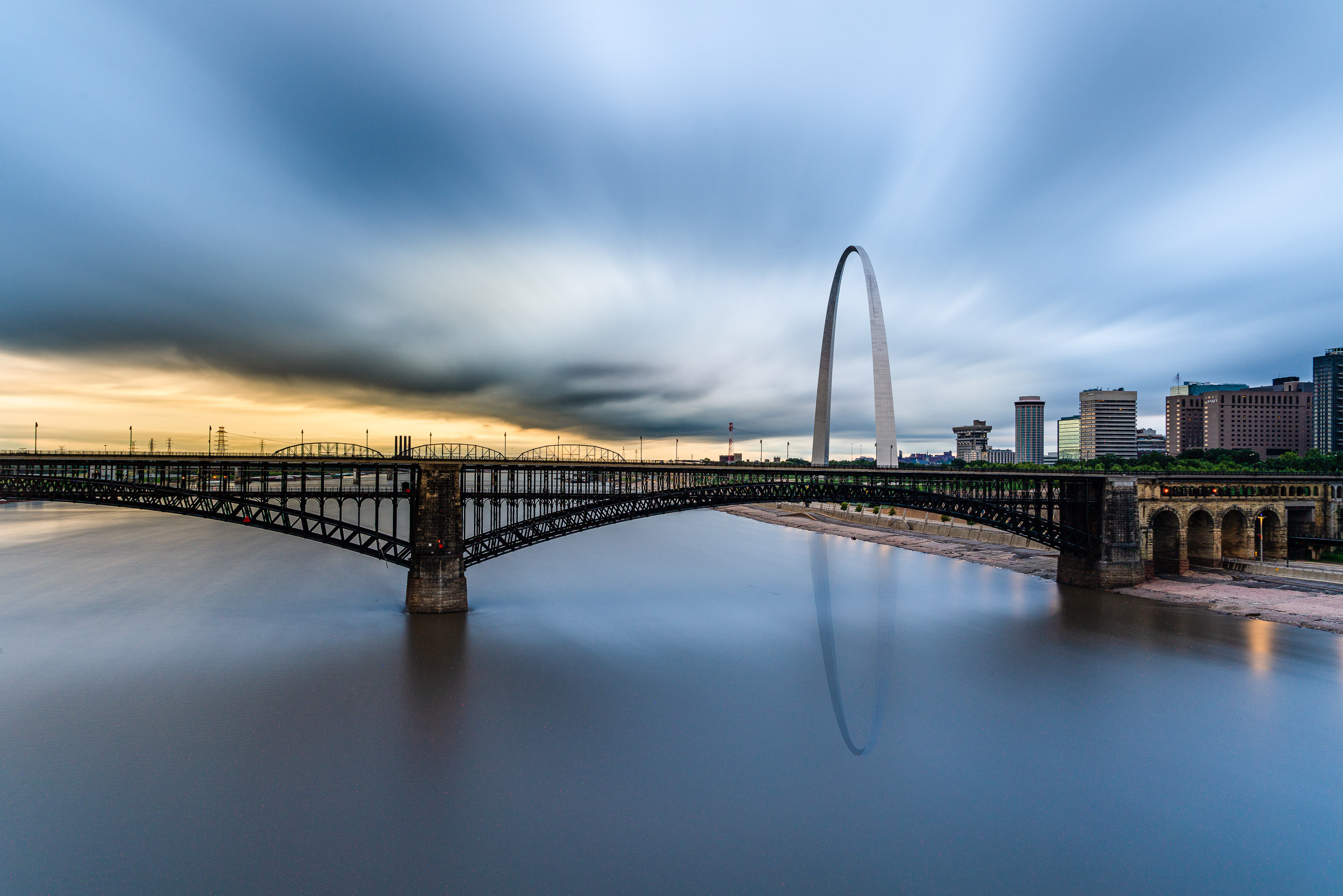
Find the Light
Even the most mundane scene can become magical in the right light. Many of the best photos are taken in the early morning and late evening. Light comes in at an angle, casting interesting shadows. But even artificial light can be interesting. It may cast a colored glow or create complex shadows with many light sources vying for attention. Play with colors and beams of light. Change your angle to see how the light changes as you move around. Do not worry so much about the subject of your photograph. Follow the light and see where it lands. A crack in the sidewalk or a lone leaf is all you need.

Look at Detail
Familiar scenes can become works of art if you look closer. Move a step nearer. Zoom in or use a macro lens if you have one. Look at the detail. Explore a pattern, a line, or a texture. You may have photographed a tree before but look again at the wood grain. Find the shapes within the shape of a flower or a building. Miniature worlds exist within a pattern of rust or under a tree root.
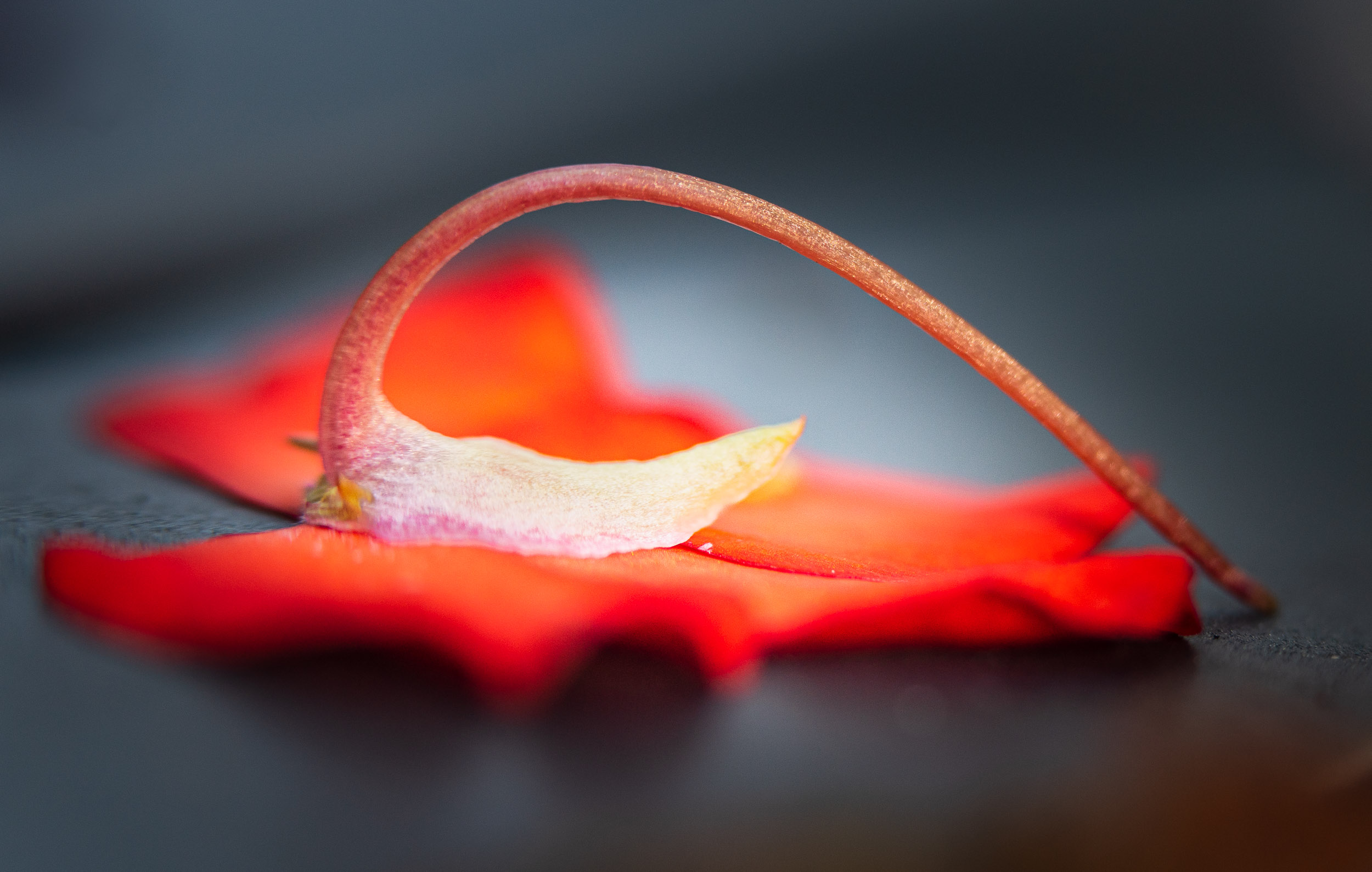
Change your Perspective
Drone photography has become very popular. It lets us see the world from a whole new vantage point. We see the world at eye level, and we often photograph at eye level. But everyone sees the world this way. There is nothing unusual about this view. Change up your perspective and see the world in a completely different light.
You don’t have to invest in a drone to do this. Find a place to get high. The top of a parking garage works. Or go low. Of course, you can lay on the ground, but many cameras have a flip-out screen to let you be comfortable as you hold the camera low. Use an ultra-wide-angle lens to see the world from a much wider perspective than your eyes allow. If you don’t have one for your camera, your mobile phone might have one.
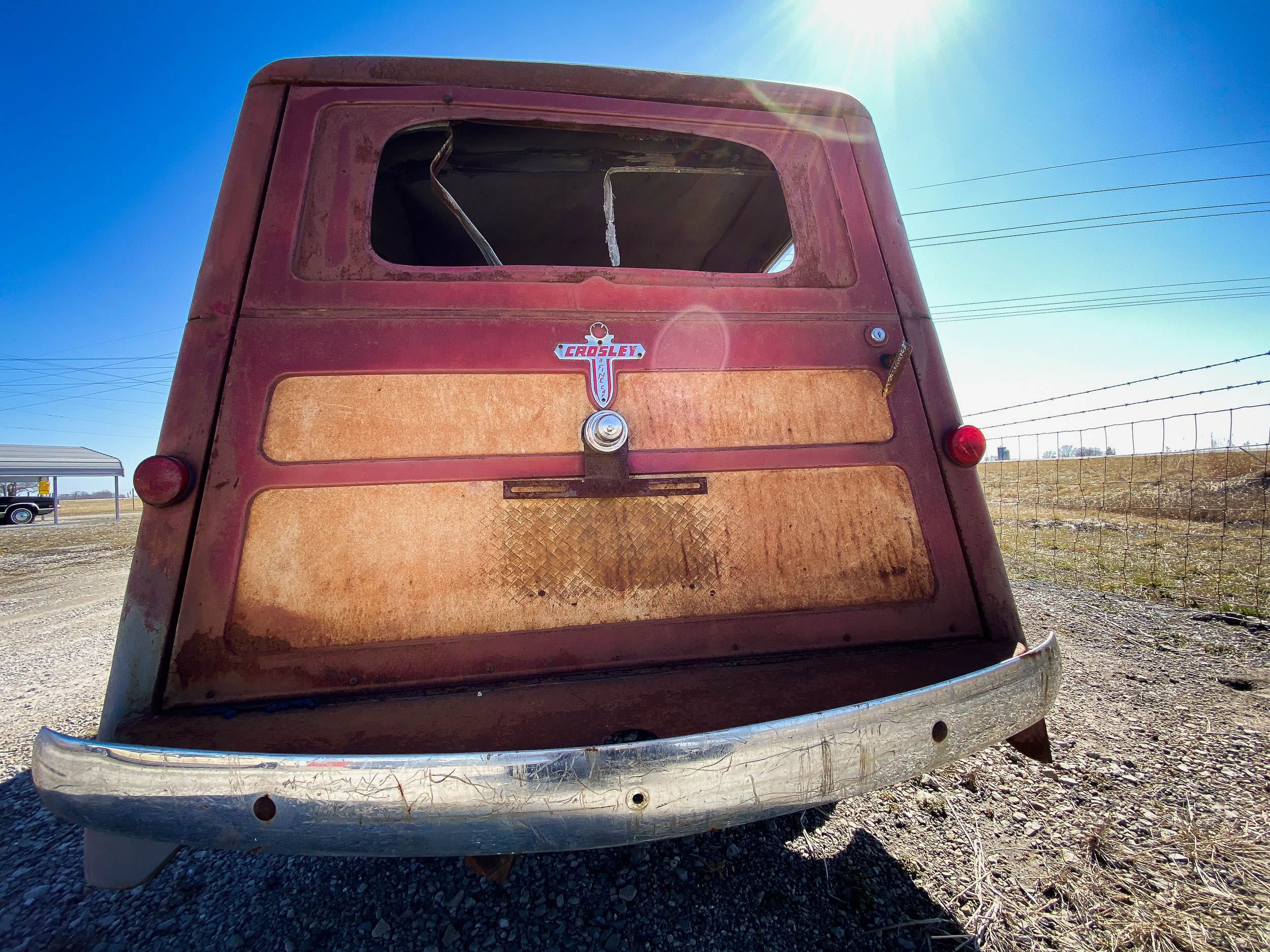
Set Yourself a Challenge
Once your notice something – a color, a make of car, an item of clothing – you start seeing it everywhere. It is not that the hats or the color red didn’t exist before. You just started seeing them. If you pay attention to the color red, you will see it. Suddenly, everyone you meet seems to have a beard. Your attention guides what you see. Use this and set yourself a photographic challenge. Go out to find a particular color or emotion. Find happiness on the streets or the red in a cornfield. Find round windows or purple flowers. It almost does not matter what specific challenge you set. The challenge itself sharpens your attention.
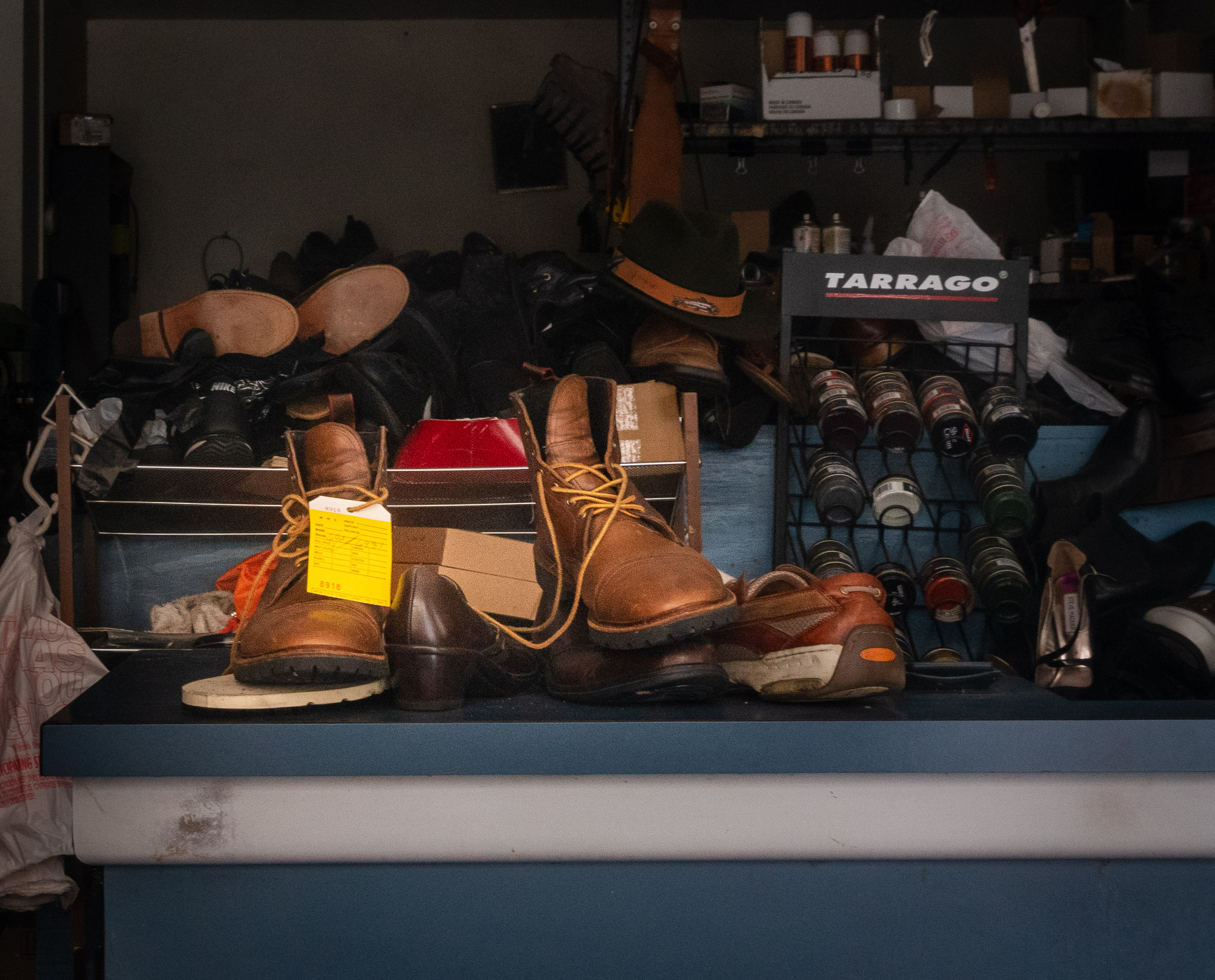
Photograph Ugly
A different sort of challenge is to find something ugly and make it the subject of a beautiful photograph. Instead of closing your eyes to the ugliness in our world, embrace it. Once you find an ugly subject, maybe it’s a weed or a burnt-out building, explore what features make it ugly to your eye. This helps you look at the subject objectively and in greater detail. You will discover a lot about your photographic preferences. Then, consider what might change your subject into Cinderella. If there is a busy background, zoom in close and blur the background by using a shallow depth of field. If the colors are uninspiring, process the photo in black and white. Or go in the other direction and highlight the unattractive features. Dramatize wrinkles or textures with deep shadows. Art does not have to be beautiful to be powerful.
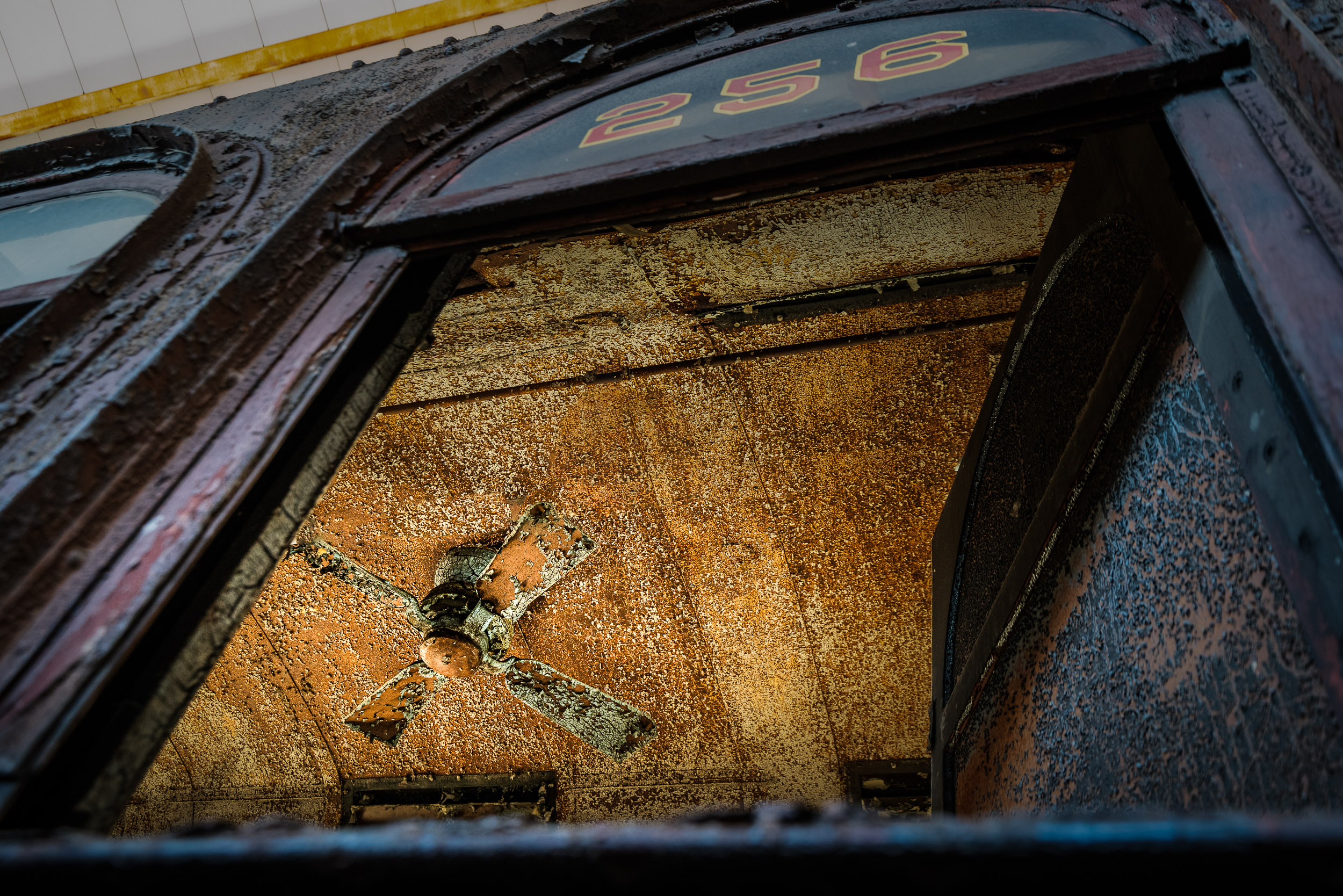
See Your World with Different Eyes
Visit your world with different eyes. Imagine how a tourist would view your familiar world. See the space from the perspective of a child or a pet. It is not just the perspective. A child sees the world from a lower vantage point. But imagine what a child or a cat might find interesting in your world. A child is attracted by color and motion. Anything has the possibility of becoming a toy of imagination. Go to a local visitor’s center and see what the tourists do. You might be surprised at what you find. Visit a local historical house that you have always meant to, but have never gotten around to seeing. Attend a festival or gathering that you seem to miss every year. Stop and eat at that quirky café that you walk by on your way somewhere else.
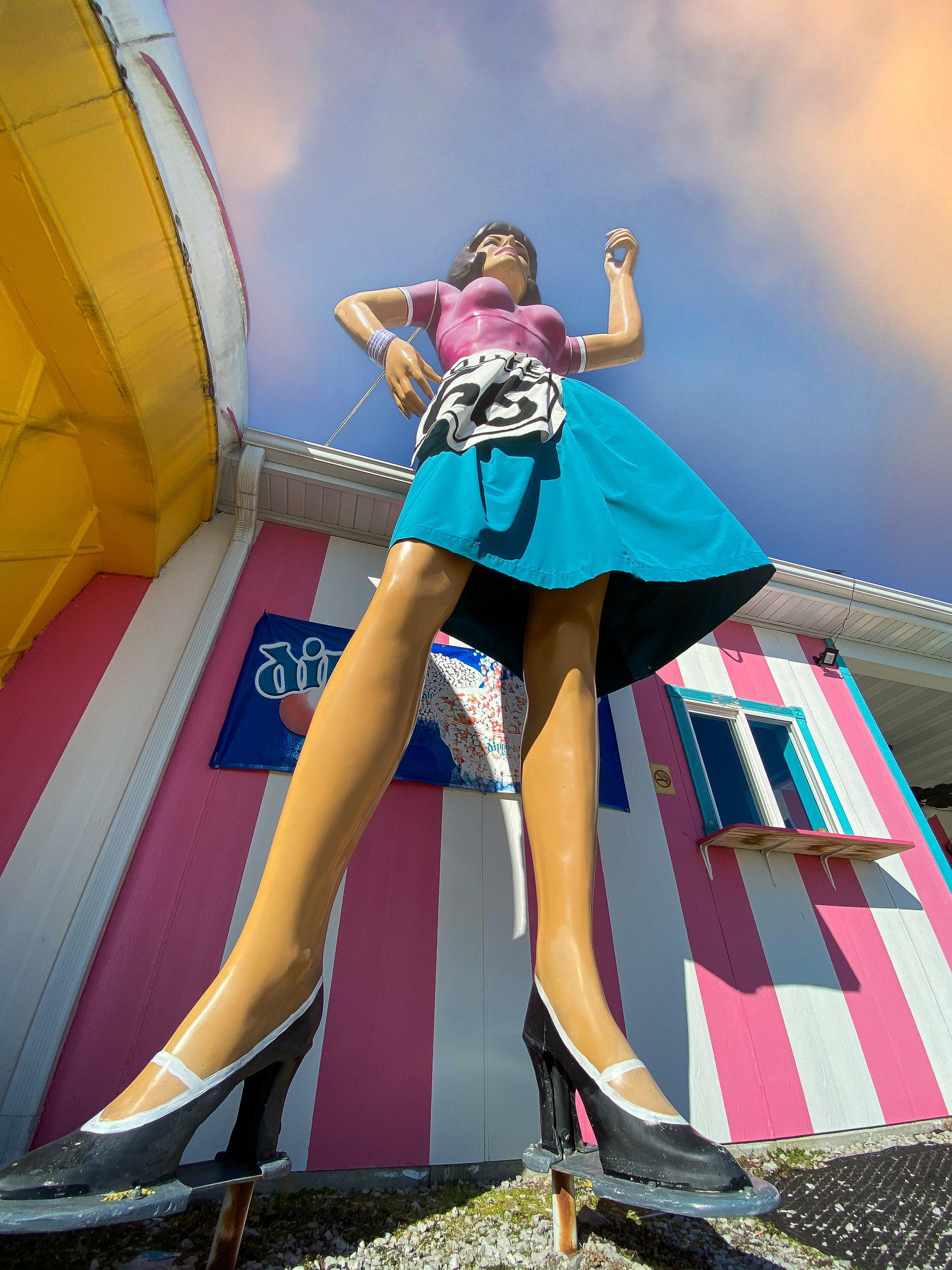
Experiment with a Photographic Technique
It is not just what and where you photograph, but how. Shake things up and experiment with different photographic techniques. For instance, try your hand at long exposure. Landscape photographers use long exposure to blur water and clouds. But long exposures can create ghostly effects by blurring people walking down the street. If your shutter is left open long enough, people in crowded spaces completely disappear! Explore intentional motion blur or play with the creative effects built into your camera. Make double exposures or play with light trails. This is a great way to learn a photographic technique. But it also opens up your mind to different photographic possibilities.
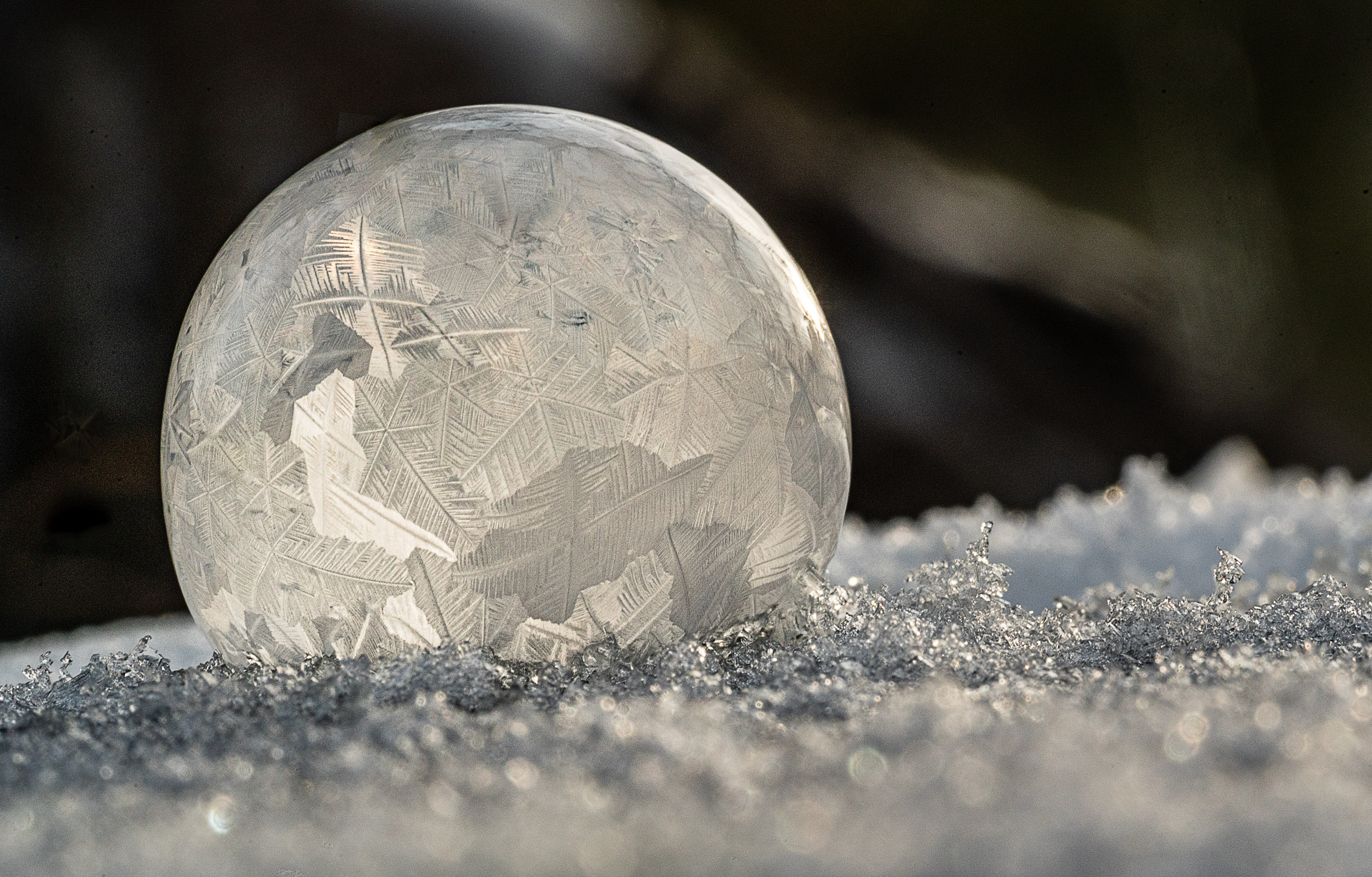
Have New Experiences
Iconic photographer Jay Maisel famously said, “If you want to make more interesting pictures, become a more interesting person.” If you a looking for photographic inspiration, try things you would not normally do. Go to a vintage baseball game or take a kayaking lesson. Go on a guided tour or learn meditation. Bring your camera along and document this new experience. The journey of your photography is the journey of your life. The camera goes where you go. The camera sees what you see. If you see interesting things, your photos will be interesting
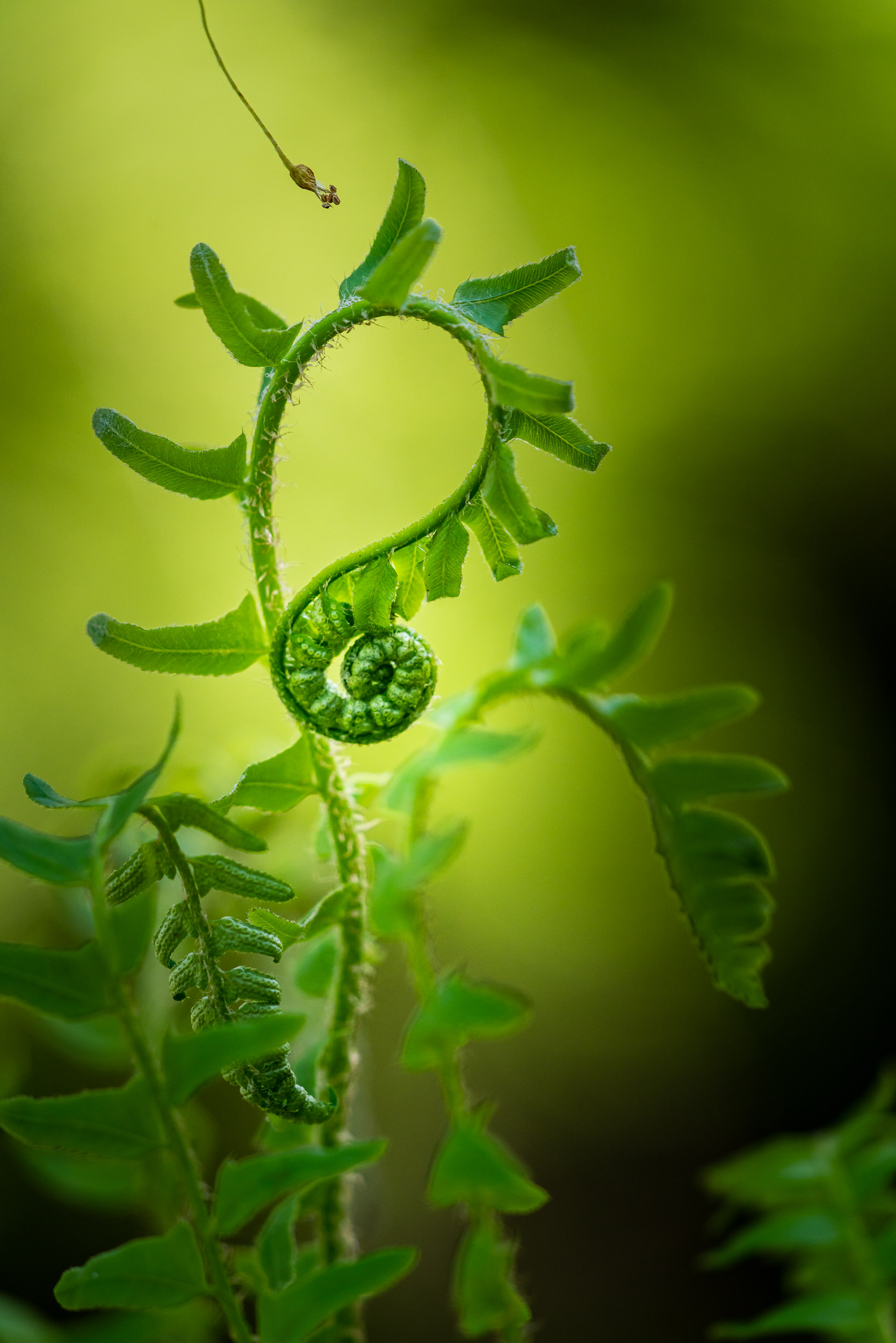
Conclusion
It is not the camera that makes the photographs; it is the photographer. Familiarity blinds us to the photographic possibilities in our daily life. You can choose to put your camera on a shelf, waiting for that exotic trip that never seems to happen. Or you can dust off the camera and shake out the compositional cobwebs. Changing your mindset is all you need to do to find photographic inspiration in your own backyard. On your photographic journey, you might discover a little about yourself along the way.
Cover photo by Jennifer Mishra

